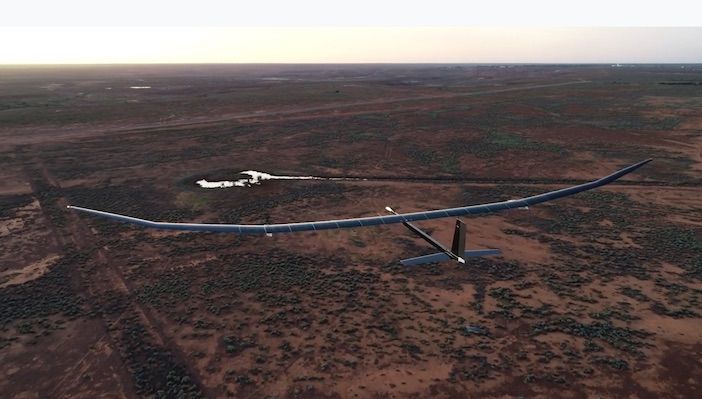BAE Systems has flown a solar electric aircraft that is designed to stay airborne for up to a year for the first time.
PHASA-35 (Persistent High Altitude Solar Aircraft) has been developed by BAE Systems and UK-based aerospace firm Prismatic and has a 35m wingspan covered by solar panels. BAE Systems agreed to buy the Prismatic last year.
The successful maiden flight is the result of a two-year project between the two companies. The flight trials took place at the Royal Australian Air Force Woomera Test Range in South Australia. Further flight tests are scheduled for later this year.
The 150kg aircraft, which is constructed from composites uses two propellers and a drive system specially-developed and supplied by Hampshire, UK-based firm Printed Motor Works. It can carry payloads of up to 15kg.
Ian Muldowney, engineering director at BAE Systems said, “This is an outstanding early result that demonstrates the pace that can be achieved when we bring the best of British capability together. To go from design to flight in less than two years shows that we can rise to the challenge the UK Government has set industry to deliver a Future Combat Air System within the next decade.”
The unmanned drone is one of several in development around the world, including Airbus’ Zephyr and Boeing’s Odysseus.
Aerospace companies are looking to develop a market forHigh Altitude Long Endurance (HALE) vehicles, also known as High Altitude Psuedo Satellites (HAPS), that will fly in the stratosphere for long periods of time primarily to provide communications and observation capabilities for defence and civil applications, such as forest fire detection and maritime surveillance. Operating in the stratosphere means that the aircraft can remain above the weather and conventional air traffic and use solar panels to charge batteries with sufficient energy to stay aloft overnight.





